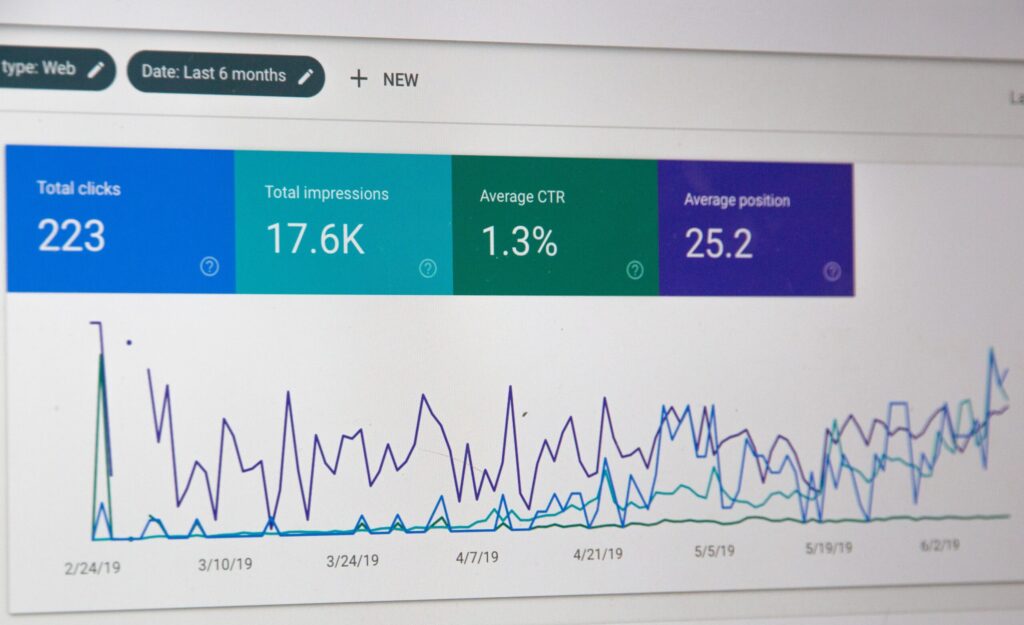 In the world of education and professional development, Learning Management Systems (LMS) have become an integral part of delivering and managing online courses. These platforms offer a range of features to facilitate effective learning experiences. One of the most valuable tools at your disposal is the ability to run reports on your LMS. By using the power of data, they can provide valuable insights into your learning programs. So, let’s go over the reasons why you should prioritize running reports on your LMS.
In the world of education and professional development, Learning Management Systems (LMS) have become an integral part of delivering and managing online courses. These platforms offer a range of features to facilitate effective learning experiences. One of the most valuable tools at your disposal is the ability to run reports on your LMS. By using the power of data, they can provide valuable insights into your learning programs. So, let’s go over the reasons why you should prioritize running reports on your LMS.
Tracking Learner Progress
Running reports on your LMS allows you to track learner progress comprehensively. You can gather data on course completion rates, assessment scores, and engagement metrics to get a clear understanding of individual and group performance. By analyzing this data, you can identify areas where learners may be struggling and tailor your interventions accordingly. Moreover, tracking progress enables you to provide personalized feedback and support to learners, ensuring they stay motivated and achieve their learning goals.
Assessing Course Effectiveness
In a similar vein, you can also assess the effectiveness of your courses. By analyzing data such as completion rates, quiz scores, and time spent on different modules, you can identify which courses are engaging learners effectively and delivering the desired outcomes. This information empowers you to refine and improve course content, structure, and delivery methods, ensuring that your learners receive the most effective and impactful learning experiences.
Identifying Knowledge Gaps
Reports can reveal valuable insights into any knowledge gaps your learners might have. By examining quiz or assessment results, you can identify specific topics or concepts where they are struggling. Armed with this information, you can provide targeted resources, additional support, or supplementary materials to help learners overcome these challenges. Addressing knowledge gaps proactively enhances the overall learning experience and ensures that learners are equipped with the skills and knowledge they need.

Monitoring Learner Engagement
in the success of any learning program. And reports can allow you to monitor certain engagement metrics, such as time spent on the platform, frequency of logins, and participation in discussions or other interactive elements. By analyzing this data, you can identify patterns in engagement levels and identify which activities are the most effective. This information helps you design strategies to boost learner engagement, such as incorporating gamification elements or implementing social learning features.
Compliance and Regulatory Requirements
Reports can be instrumental in meeting compliance and regulatory requirements. Many industries have specific training standards or certifications that need to be fulfilled. By generating reports that capture completion rates and certification statuses, you can ensure that your organization remains compliant. This data can also serve as evidence during audits or inspections, providing a comprehensive overview of the training activities conducted within your organization.
Decision-making and Continuous Improvement
Finally, you can run reports to help enable data-driven decision-making and continuous improvement. By analyzing the various data points available, you can identify trends, patterns, and areas for improvement in your learning programs. This information empowers you to make informed decisions regarding course design, resource allocation, and training strategies. Regularly reviewing reports allows you to track progress, measure the impact of changes, and refine your learning programs to deliver optimal results.
 Takeaways:
Takeaways:
If your eLearning program doesn’t have a comprehensive reporting system, then you’re missing out on a lot of potential. Running reports on your LMS is a powerful practice that offers numerous benefits to both you and your learners. From tracking learner progress to assessing course effectiveness, identifying knowledge gaps, monitoring engagement, meeting compliance requirements, and driving continuous improvement, the insights gained from running reports can transform your learning programs. By harnessing the power of data, you can optimize your LMS usage, provide personalized support to learners, and ensure that your organization is equipped with the necessary information to make data-driven decisions.
If you’re looking for an LMS that can run the reports you need, consider our award-winning platform Knowledge Direct. Contact us to learn about a 30-day free trial or even to simply receive consulting for your training. Our experienced team is always happy to help.
For more industry-focused articles like this, subscribe to our free monthly newsletter, Smarter…Faster!






